11 Easy Ways to Improve Your Soil for Better Plant Growth
Healthy soil is the key to growing strong, thriving plants. Whether you are working with a backyard garden or a few containers on the patio, simple changes can make a big difference. Good soil holds water, supports roots, and helps plants take in nutrients more easily. If your plants are struggling, the problem often starts below the surface. Improving soil does not have to be expensive or complicated. With a few natural methods, you can build a better foundation for your garden. These small changes can lead to healthier plants and better harvests.
This post may contain affiliate links, which helps keep this content free. Please read our disclosure for more info.
Add Compost Regularly
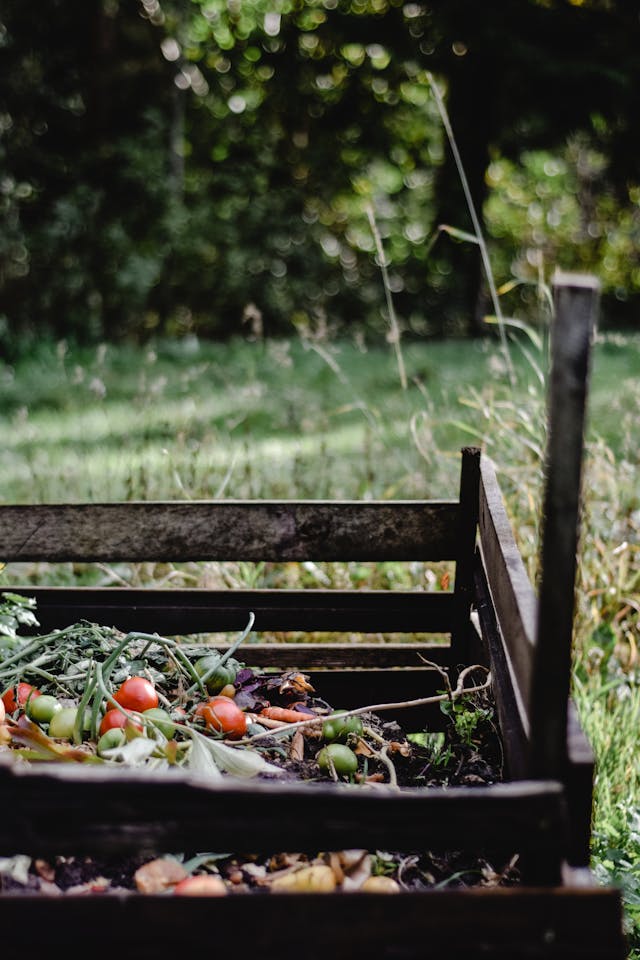
Compost is one of the easiest and most effective ways to improve the quality of your soil. It contains a mix of decaying plant matter and food scraps that break down into rich, dark material full of nutrients. When worked into garden beds, compost feeds the soil and helps it support healthier root growth.
Compost also improves the structure of your soil, which is helpful whether your soil is sandy, clay-heavy, or something in between. It helps sandy soil hold water longer and helps clay soil loosen up, making it easier for roots to breathe. A few shovels of compost each season can make a big difference in how well your plants grow.
Use Aged Manure
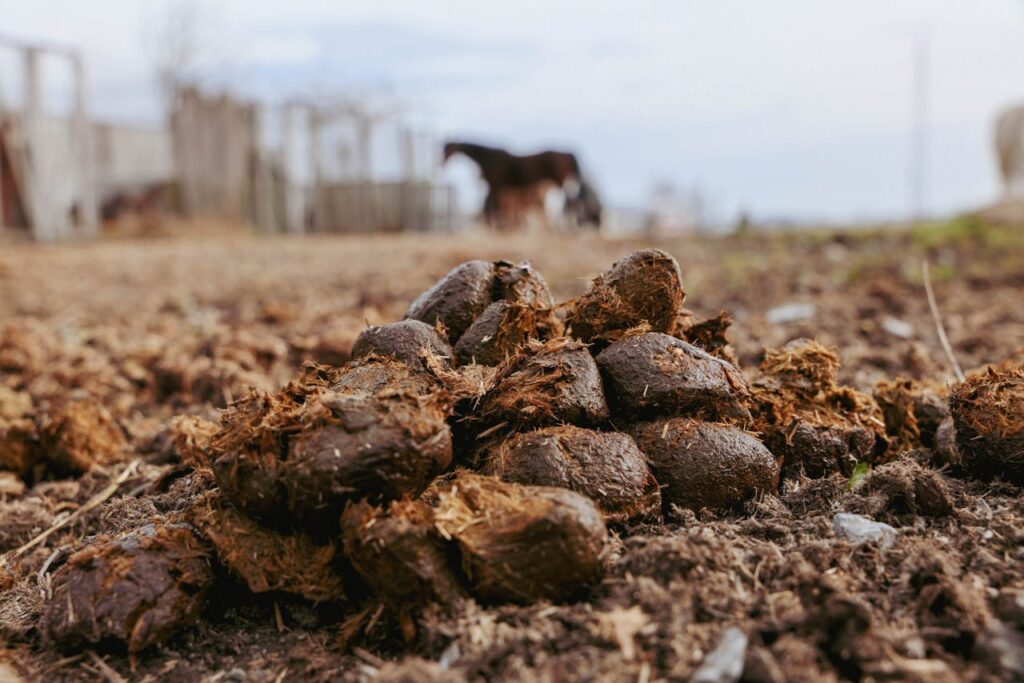
Manure from animals like cows, chickens, horses, and rabbits can provide a strong nutrient boost to tired or worn-out soil. It adds nitrogen, phosphorus, and potassium, which are key for plant growth. However, it is important to use manure that has been aged or composted, as fresh manure can harm plants due to its high levels of ammonia.
Aged manure also adds organic matter to the soil, which helps hold water and supports helpful microbes. It works especially well when mixed into the soil a few weeks before planting. Spread it in a thin layer over your garden, then work it in with a rake or shovel to avoid creating clumps or uneven patches.
Plant Cover Crops
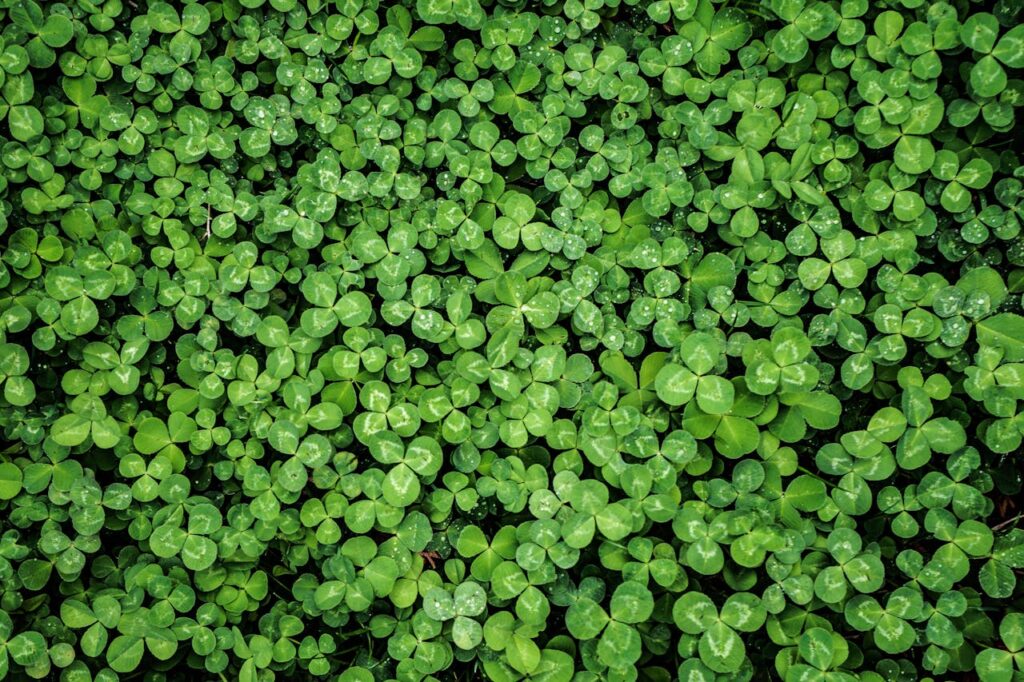
Cover crops are plants that you grow to protect and feed the soil rather than to harvest. Common choices include clover, vetch, winter rye, and buckwheat. These crops help stop erosion, improve soil texture, and attract beneficial insects to your garden.
When you turn these plants into the soil before they flower, they break down and add organic matter. Their roots also improve the way your soil absorbs water and keeps it from getting compacted. Many gardeners grow cover crops during fall or early spring, especially in raised beds or empty plots waiting for new plants.
Add Mulch Around Plants
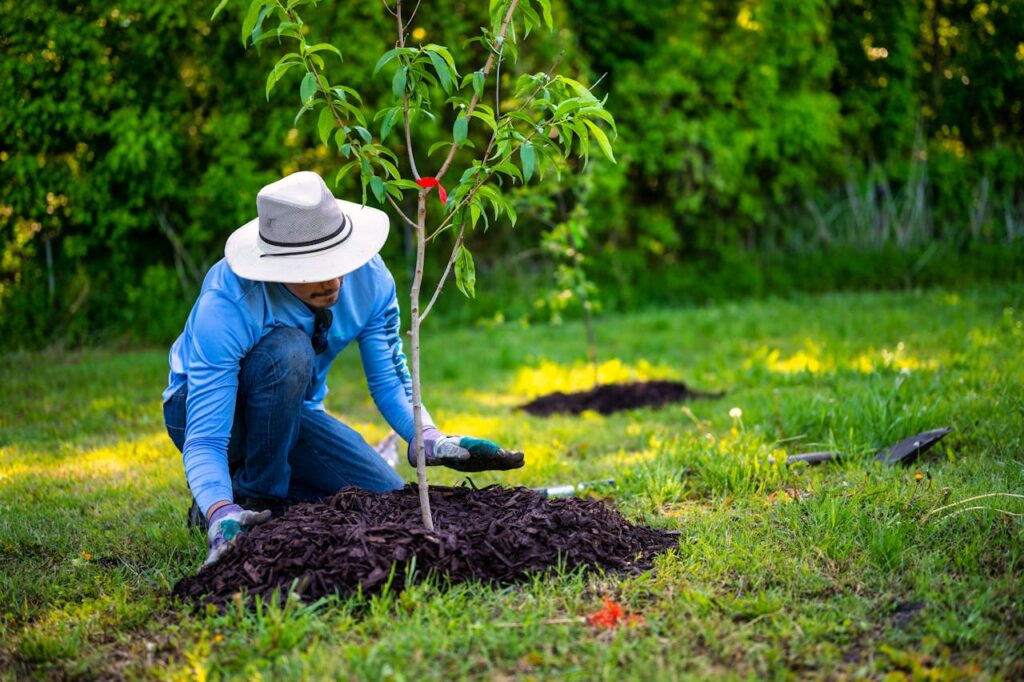
Mulching is a simple habit that offers big results. By covering the soil with a layer of mulch, you help keep moisture in the ground and protect it from direct sunlight. This slows down evaporation and makes watering more effective. Mulch also helps block weed growth and keeps soil from splashing on plant leaves.
As the mulch breaks down, it adds organic matter to the soil. Over time, this improves the soil’s ability to hold nutrients and support root development. You can use shredded leaves, straw, bark, or grass clippings. Just avoid piling mulch too close to plant stems, as it can trap moisture and cause rot.
Mix in Leaf Mold
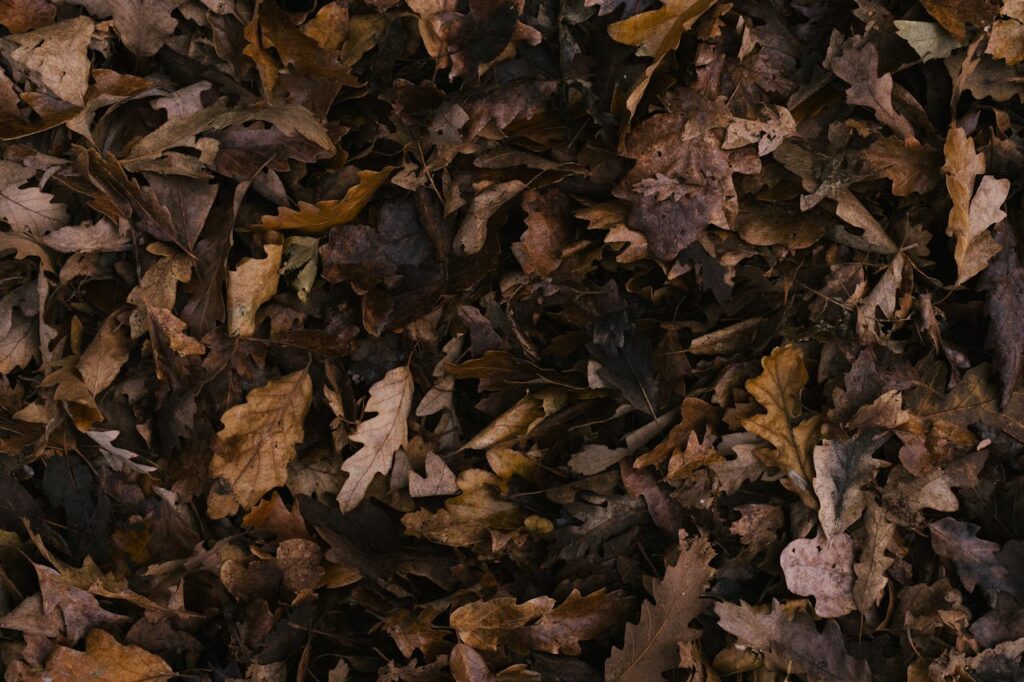
Leaf mold is created when leaves slowly break down over time, usually in a pile or bin with little turning. It is not rich in nutrients like compost or manure, but it does wonders for soil structure. It makes the soil softer and easier to dig while improving its ability to hold water.
Adding leaf mold helps create air pockets that allow plant roots to breathe better. This is especially useful in heavy clay soil, which often becomes dense and hard. Spread a few inches over the garden and gently mix it in with a fork or shovel. Leaf mold is free if you collect your autumn leaves and let them break down naturally.
Rotate Your Crops
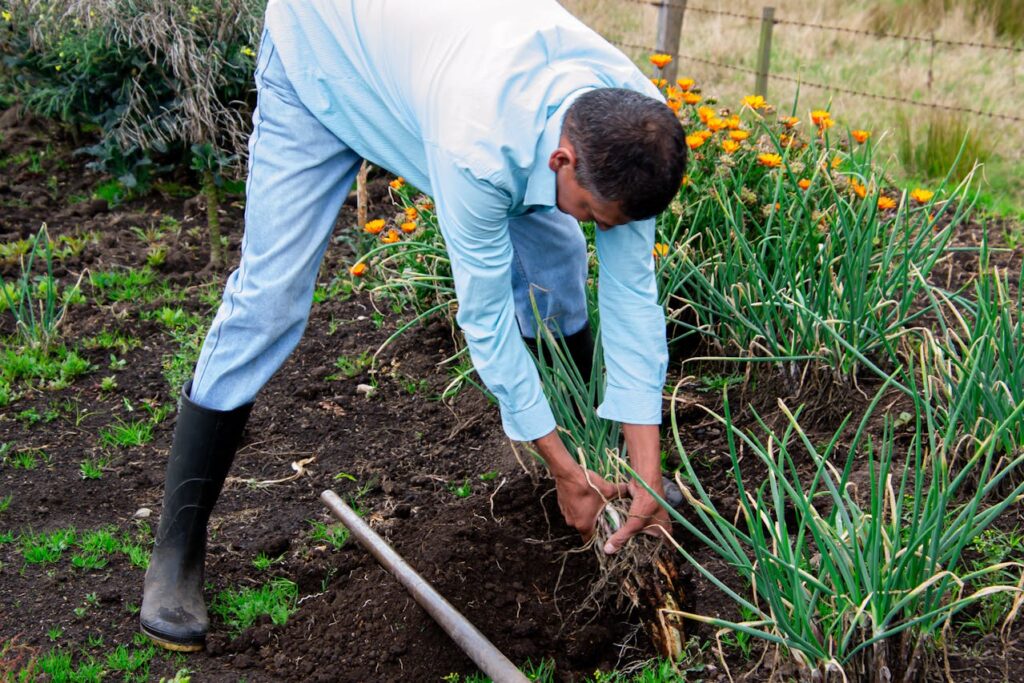
Growing the same plant in the same spot year after year can wear out the soil. Different plants use nutrients in different ways, so rotating them gives the soil a break. For example, legumes like beans fix nitrogen in the soil, while tomatoes and peppers use a lot of it.
Switching plant locations also helps cut down on pests and diseases that live in the soil. If harmful organisms do not find their favorite crop in the same spot every year, they are less likely to spread. You do not need a complicated plan, just keep a rough sketch or note of what you grew in each area last year and rotate by plant family.
Use Earthworm Castings

Earthworm castings are worm droppings, but they are packed with nutrients that plants love. They contain a rich mix of nitrogen, phosphorus, and potassium, as well as trace minerals that help with overall plant health. These castings are easy for roots to absorb and help boost microbial life in the soil.
Worm castings also improve soil texture by holding moisture without making the soil soggy. A small handful can be sprinkled into planting holes or mixed into seed starting mixes. While you can buy them in bags, you can also create your own by starting a worm bin with kitchen scraps and bedding materials.
Add Biochar
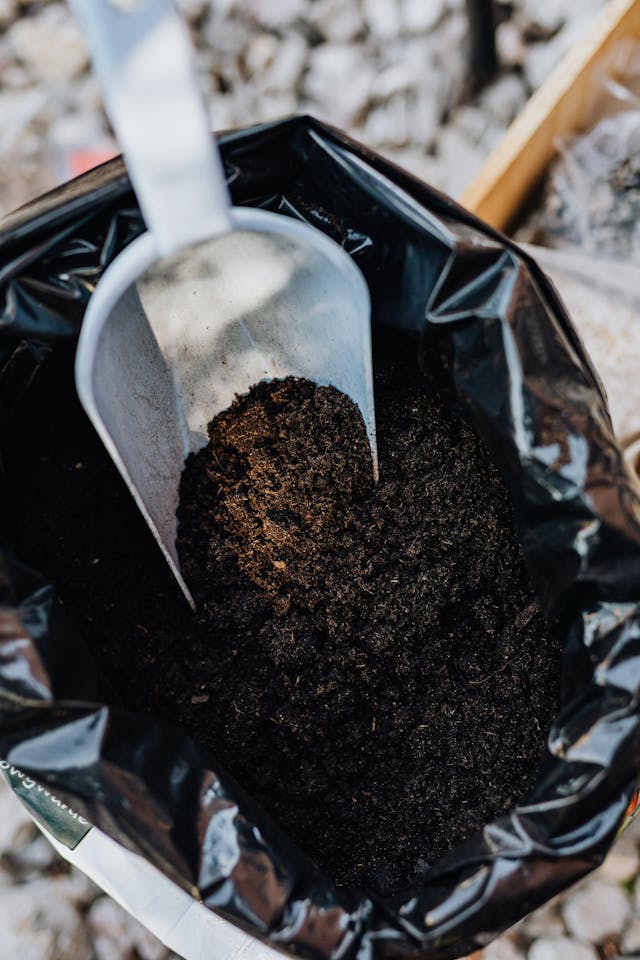
Biochar is a charcoal-like material made from burned organic matter in low-oxygen conditions. It holds on to nutrients and water, slowly releasing them over time. This can be especially helpful in poor or sandy soils that tend to lose moisture and nutrients quickly.
When added to garden beds, biochar gives beneficial microbes a place to live and grow. It is important to mix it with compost before using it, as plain biochar can sometimes absorb nutrients until it is “charged.” A little goes a long way, so start with a thin layer and mix it evenly into the top few inches of soil.
Keep Soil Covered
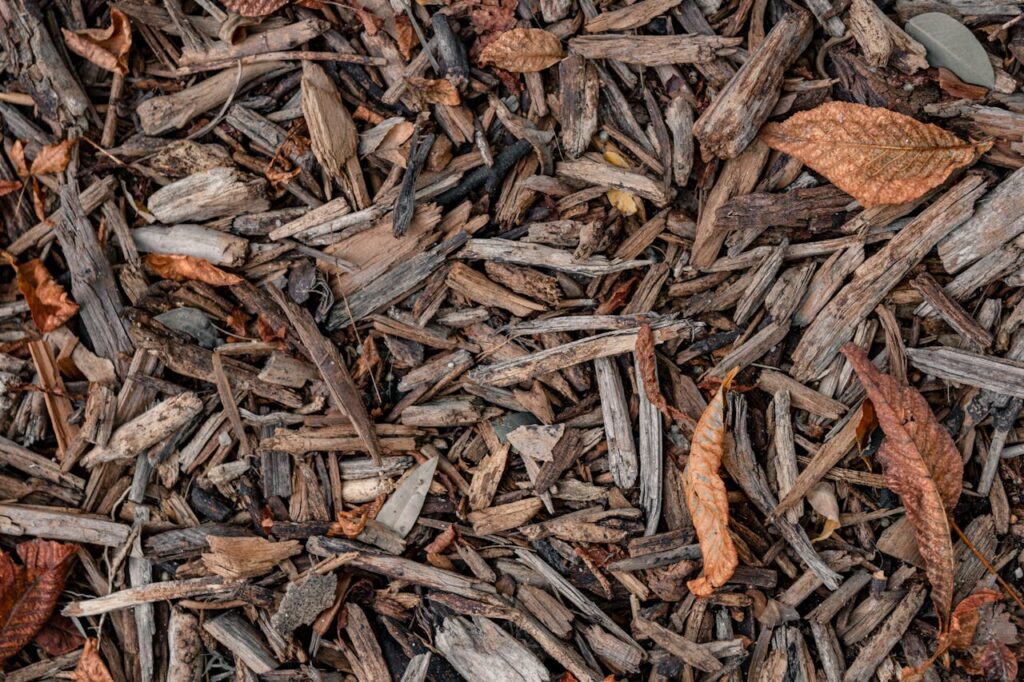
Bare soil loses moisture fast and is more likely to become compacted or eroded by wind and rain. Keeping it covered helps protect it and maintain a more balanced temperature. You can use living plants, mulch, or cover crops to shade the soil.
A covered soil surface also encourages earthworms and beneficial microbes to stick around. These creatures work together to improve the structure and fertility of the soil. Even simple ground covers like clover or straw can make a big difference in the health of your garden beds.
Avoid Tilling Too Often
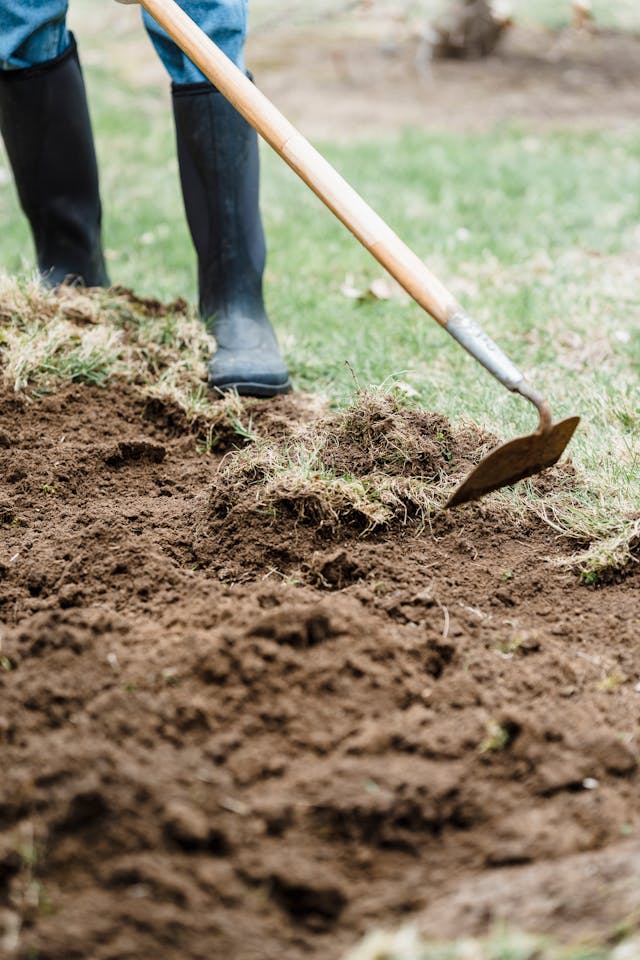
Tilling breaks up hard soil and makes it easier to plant, but doing it too often can damage soil structure. It disrupts the natural layers in the soil and can harm the microbes and worms that help your plants thrive. In the long run, it can make the soil more prone to erosion and compaction.
Instead of deep tilling every season, try loosening only the top few inches with a garden fork or hoe. You can also use no-till methods where compost and mulch are layered over the soil to feed it from the top down. This approach keeps soil life intact and encourages long-term health.
Test and Balance Soil pH
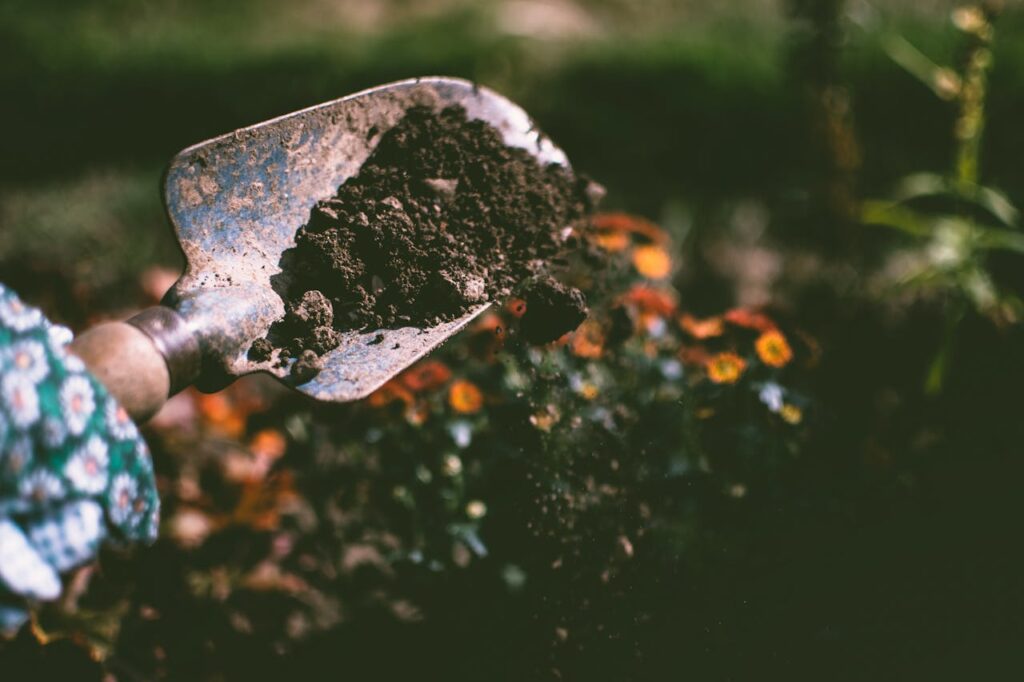
Soil pH affects how well plants can take in nutrients. Most garden plants prefer a pH between 6.0 and 7.0. If the pH is too high or too low, your plants may not grow well, even if the soil has plenty of nutrients.
You can buy a simple soil test kit to check your pH at home. If the soil is too acidic, adding lime can help. If it is too alkaline, you can mix in sulfur or organic materials like pine needles. Knowing your pH gives you a better idea of what your soil needs.
This article originally appeared on Avocadu.
